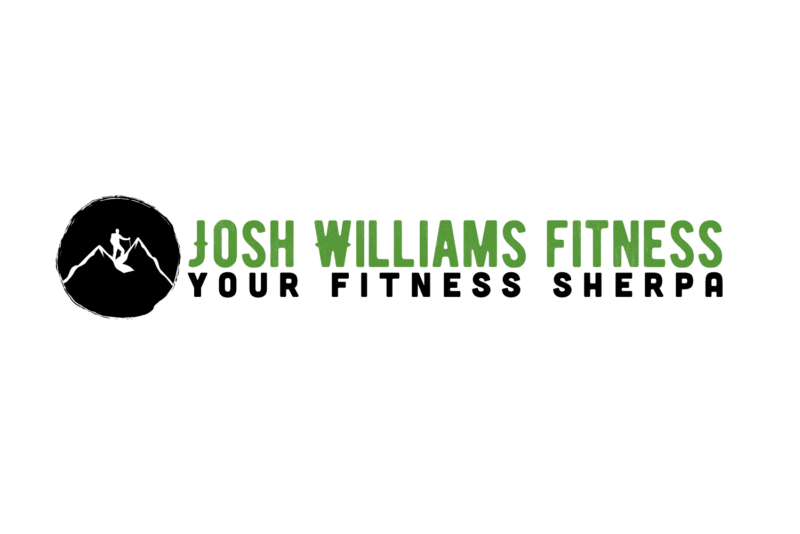What are 3D shoulders? They are very similar to 3D Doritos, they pop out at you from all directions. However, unlike 3D Doritos, 3D shoulders can still be obtained where 3D Doritos have not been around since the early 2000’s.
3D shoulders are in your face, they are the shoulders you see on the cover of any fitness magazine, both men’s and women’s publications (cause yeah, ladies like having badass shoulders too!). You know what I mean, they are shoulders that have clear separation of all three delts of the shoulder (anterior, medial, and posterior). Some refer to this as having caped shoulders.
Developing such a pair of Greek God (or Goddess)-like shoulder takes a level of understanding of how these muscles work best and how to properly train these muscles to maximize their growth potential.
By understanding how all three aspects of how the shoulder works, we can then develop a set of exercises to target each muscle group.
What Makes Up the Shoulder? (Warning: Anatomical Terminology Ahead)
The superficial muscles of the shoulder are the anterior deltoid, medial deltoid, and the posterior deltoid. There are others muscles that make up the shoulder too but these are the ones we care about if we’re wanting to develop defined shoulders.
The anterior deltoid is located at the front of the shoulder, originating at the clavicle and inserting at the humerus. The main function of the anterior delt is to abduct or move the arm away from the body. It also helps with shoulder flexion. It is most advantageous when abducting at levels greater then shoulder height.
The medial deltoid is located at the middle or lateral part of the shoulder, originating at the scapula and inserting at the humerus. The main function of the medial delt is to abduct the shoulder when the shoulder is internally rotated.
Last but not least is the posterior deltoid, which is located at the back of the shoulder. It originates at the scapula and inserts at the humerus. The main role of the posterior delt is transverse shoulder abduction and shoulder extension.
Developing The Anterior Delt
The strengths of the anterior delt are shoulder abduction when the shoulder is externally rotated and shoulder flexion. Since it is more advantageous at greater angle exercises, like Overhead Pressing, these are great for developing the anterior delt. Front Raises slightly greater than shoulder height are also good for developing the anterior delt.
When creating a program to work the anterior delt, you will want to do this on a day that is not a bench day as the bench press works the anterior delt as well. If you are wanting the most development out of your shoulders, you’ll want to work them when they are fresh.
A better day to include anterior delt work would be your back day or during a leg day.
Developing The Medial Delt
The medial delt’s strength is shoulder abduction. Exercises that have been shown to get the most muscle activation of the medial delt are the Bent Arm Lateral Raise and the 45 Degree Incline Row.
To get the most out of your medial delt training, you would want to train them on your leg day or a bench day where the medial delt is not called upon to do a lot of work in other exercises throughout the workout. Days to avoid would be back-heavy days.
 Developing The Posterior Delt
Developing The Posterior Delt
The posterior delt is used for transverse abduction. The posterior delt is activated during any rowing variation, but is most activated during Rear Delt Flies and Chest Supported Rear Delt Lateral Raises.
Since the posterior delt is active in rowing variations, it is best to avoid working them on back days and instead hit them on either a leg day or a chest day.
The Program
If your delts are not yet Superhero-worthy, then you should train them twice a week. This can be done by adding a shoulder day or by putting delt exercises in your other days throughout the week.
Example:
Day 1:Legs and Medial Delt
Day2: Back and Anterior Delt
Day3: Legs
Day4: Chest and Posterior Delt
Or
Day1: Legs
Day2: Chest
Day3: Shoulders
Day4: Legs
Day5: Back
Day6: Shoulders
Anterior Deltoid Program
- Barbell Shoulder Press: 3-4×6-8
- Dumbbell Front Raises: 3-4×8-12
- Dumbbell Kneeling 1 Arm Shoulder Press: 2-3×8-10
Medial Deltoid Program
- Dumbbell Bent Arm Lateral Raise: 3-4×8-12
- 45 Degree Incline Row: 3-4×8-10
Posterior Deltoid Program
- Dumbbell Rear Delt Fly’s: 3-4×8-10
- Chest Supported Rear Delt Lateral Raises: 3-4×10-12
- Dumbbell Rear Delt Extensions: 2-3×10-15
Best
JW










